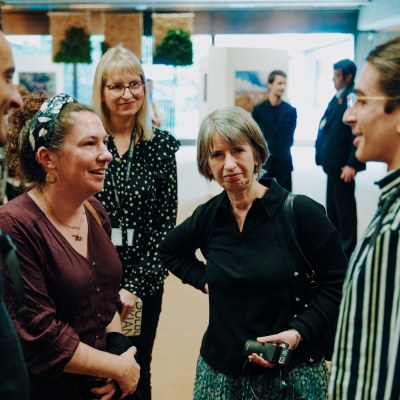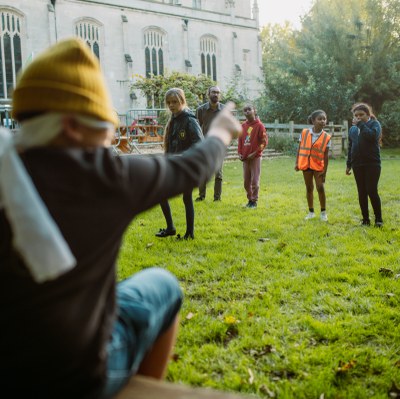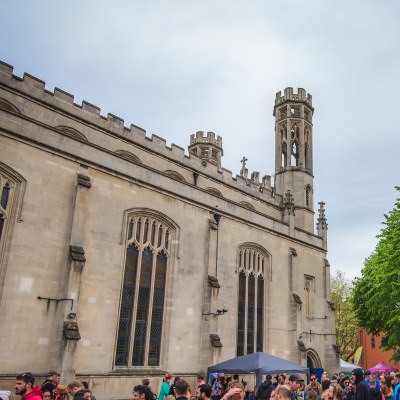Renovation
One of Trinity Community Arts' (TCA) charitable objects is, ‘to preserve, protect and improve for the public benefit the Trinity Centre, formerly the Holy Trinity Church, and promote the heritage of this building.’
The Trinity Centre is an important Grade II* listed building, which retains significant townscape value in the context of Old Market Conservation Area, defined as "an area of special architectural or historic interest, the character and appearance of which it is desirable to preserve or enhance."
Since forming in 2003, TCA have been carrying out a phased programme of capital repair and redevelopment works, in order to renovate the historic asset and conserve it for future generations. We are approximately 1/3 of the way through the capital works programme and have invested over £1m with support from public funding.
The development and improvement of the premises, to maximise community benefit and potential revenue to ensure sustainability for any group running the space, has been a vision for many since as early as 1976.
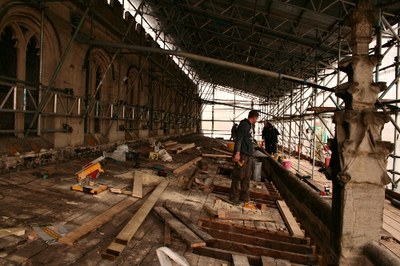 The space has had several periods of significant investment, including the construction of an intermediate concrete floor and replacement of several windows by Bristol City Council between 1987-1991.
The space has had several periods of significant investment, including the construction of an intermediate concrete floor and replacement of several windows by Bristol City Council between 1987-1991.
Ambitions to conserve the building and develop the space as a hub for community, arts, youth and education activities can be seen in Bristol City Council's business plan for the Centre from 1989, which related to the installation of the existing second floor and proposals to install a mezzanine to create additional training spaces.
Due to the complicated nature of the 1987 church conversion, the severity of dereliction and subsequent degradation, the building still remained in need of renovation and development.
TCA's board and management have worked in line with some of these past visions for the Centre and have also embarked on several consultation exercises to explore how Trinity could best meet local needs and desires.
Previous works included introducing a lift, training rooms and accessible WCs to help improve access to community training resources on the first floor. Our facilities team have also worked to carry out maintenance and repair works supported by small grants funding from groups such as landfill trusts and our own income generation.
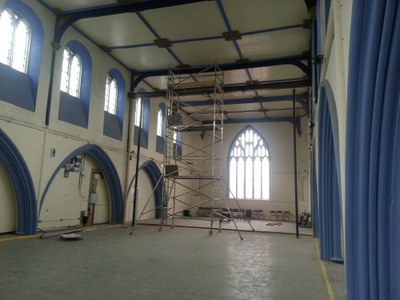 Recently completed phases, 2013-2014, include a repair works scheme to the South Aisle lead roof funded by Historic England (formerly English Heritage) and match funders and a development works programme to bring the upstairs hall space into use, funded by Big Lottery Fund Reaching Communities Buildings and match funders.
Recently completed phases, 2013-2014, include a repair works scheme to the South Aisle lead roof funded by Historic England (formerly English Heritage) and match funders and a development works programme to bring the upstairs hall space into use, funded by Big Lottery Fund Reaching Communities Buildings and match funders.
With building of Trinity's size and importance, there is still much investment needed to realise the full extent of this facility.
In 2016 we commenced a year-long development phase funded by Heritage Lottery Fund, to carry out a scheme of repair and conservation works at the Trinity Centre in 2017.
Click here to read more information about the Trinity Centre Conservation Project.
More about the Trinity Centre
The Trinity Centre is a deconsecrated Georgian church, now a community centre, brought back into to use by the current management Trinity Community Arts (TCA) in 2004.
The space was deconsecrated in 1976 and has been run by community groups for the past four decades. Protected by a covenant that says it is only to be used for community purposes, it was a base for the African-Caribbean Community and is still strongly connected with the constantly evolving ethnic landscape of the local area.
Since 1992, the building has been a prominent music venue. It has played host to a spectacular role-call of acts, becoming an important landmark in the globally exported 'Bristol Sound'.
The Trinity Centre is a significant iconic space. Built in the Gothic-revival between 1829-1832 it is a Waterloo Church and considered to be one of the finest examples of the work of architects Thomas Rickman and Henry Hutchinson.
The building is situated within one of the most culturally diverse, economically deprived areas of the South West. Race, migration and the changing ethnic landscape have played an important role in the history of Trinity and the surrounding area. East Bristol remains a focal point for migration to the city both domestically and internationally.
Cultural diversity has shaped our community and made it the vibrant and exciting area that it is today. Central and East Bristol is at the heart of the city’s diversity, helping to create a unique cultural and creative environment for everyone to enjoy and benefit from. By renovating and conserving the Trinity Centre, we want to provide an affordable community arts hub for inner-city Bristol in order to make sure everyone has the opportunity to shape arts and culture in Bristol.
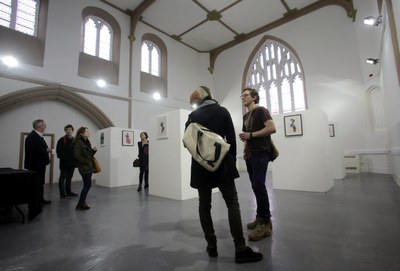
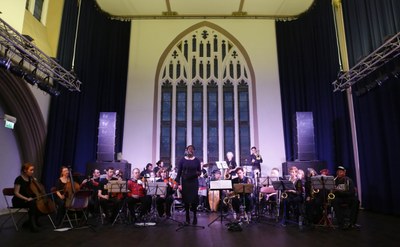 Text ROOF31 £5
Text ROOF31 £5
to 70070 to donate to the
Trinity Centre Conservation Project




